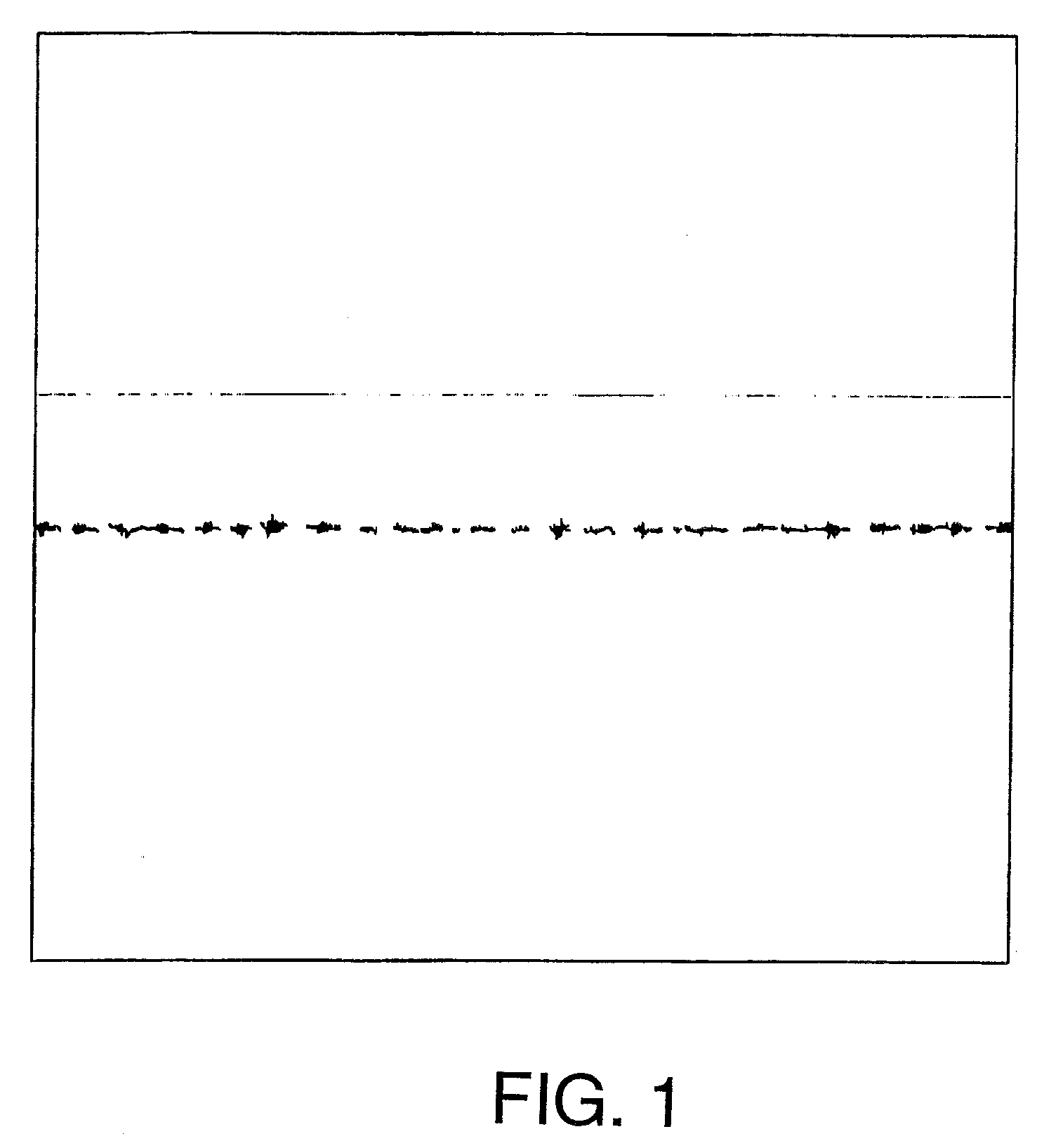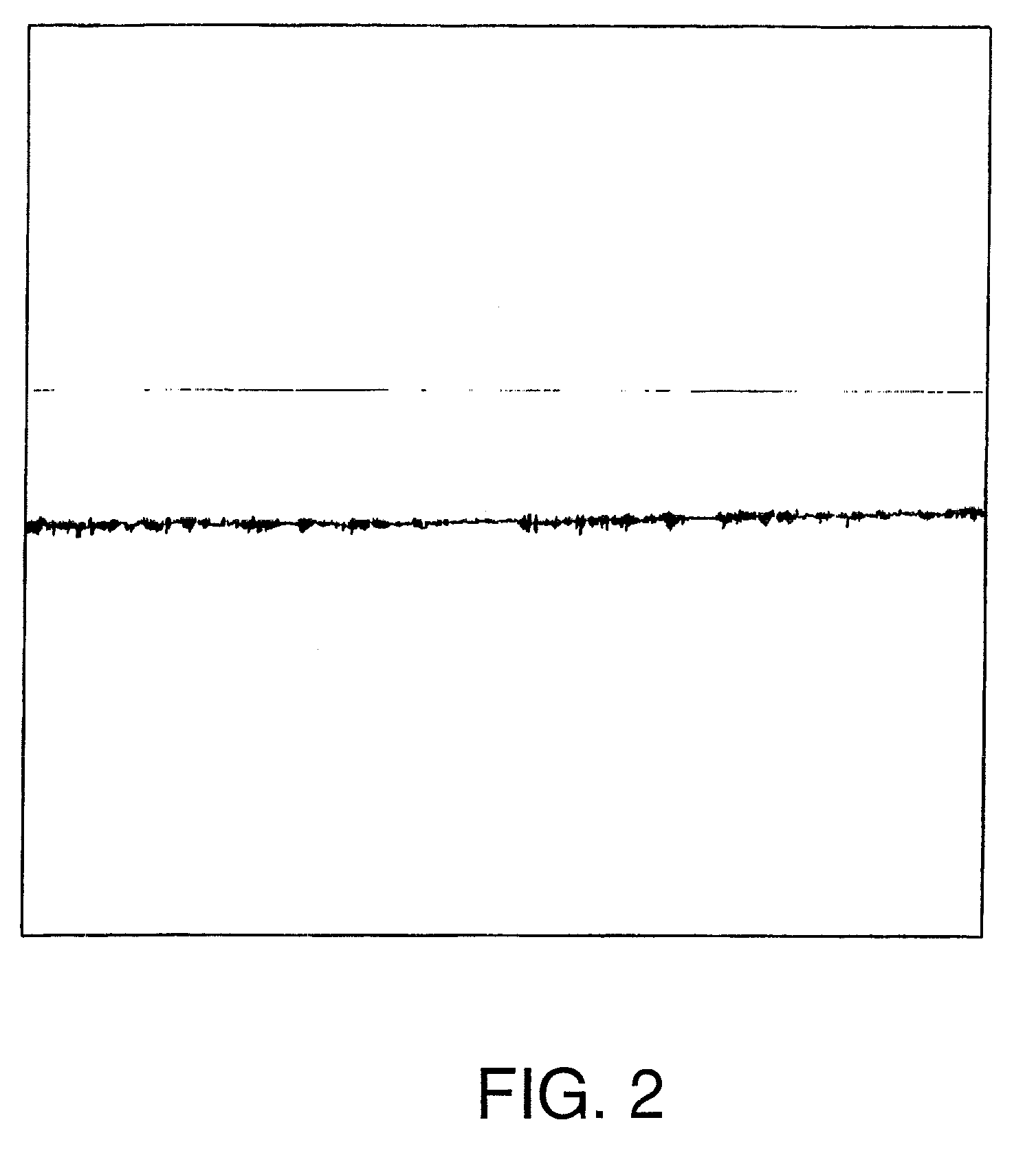Thin-Film Laminate
a thin film, laminate technology, applied in the direction of conductive layers on insulating supports, identification means, instruments, etc., can solve the problems of difficult mechanical strength of laminate per se, reducing the visibility of images, and reducing the mechanical strength of laminates. , to achieve the effect of improving the mechanical strength of thin film laminates and improving the adhesion of each layer
- Summary
- Abstract
- Description
- Claims
- Application Information
AI Technical Summary
Benefits of technology
Problems solved by technology
Method used
Image
Examples
example 1
[0104]A light-transparent base material (triacetylcellulose resin film with thickness of 80 μm (TF80UL, manufactured by Fuji Photo Film Co., Ltd.) was provided. Composition 1 for an antistatic layer was coated by a wound coating rod onto one side of the film. The coated film was held in a hot oven kept at a temperature of 70° C. for 30 sec to evaporate the solvent in the coating film. Thereafter, the coating film was cured by applying ultraviolet light to the coated film so that the integrated quantity of light was 98 mJ. Thus, a transparent antistatic layer was formed at a coverage of 0.7 g / cm2 (on a dry basis) to prepare an antistatic laminate. Thereafter, the composition for a hardcoat layer was coated, and the assembly was held in a hot oven kept at a temperature of 70° C. for 30 sec to evaporate the solvent in the coating film. Thereafter, the coating film was cured by applying ultraviolet light to the coating film so that the integrated quantity of light was 46 mJ. Thus, a har...
PUM
| Property | Measurement | Unit |
|---|---|---|
| refractive index | aaaaa | aaaaa |
| refractive index | aaaaa | aaaaa |
| thickness | aaaaa | aaaaa |
Abstract
Description
Claims
Application Information
 Login to View More
Login to View More - R&D
- Intellectual Property
- Life Sciences
- Materials
- Tech Scout
- Unparalleled Data Quality
- Higher Quality Content
- 60% Fewer Hallucinations
Browse by: Latest US Patents, China's latest patents, Technical Efficacy Thesaurus, Application Domain, Technology Topic, Popular Technical Reports.
© 2025 PatSnap. All rights reserved.Legal|Privacy policy|Modern Slavery Act Transparency Statement|Sitemap|About US| Contact US: help@patsnap.com



